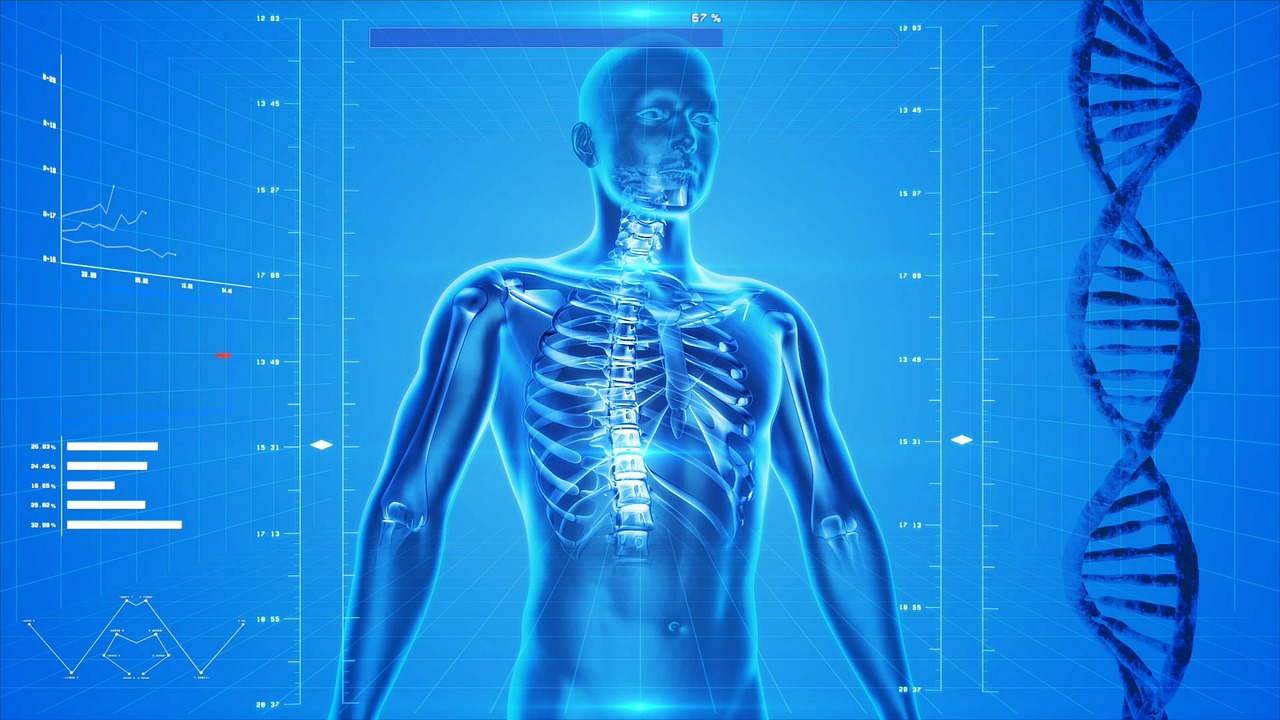What is Osteoporosis?
Osteoporosis literally means ‘porous bones’. This is where bones have more holes than normal bones. Bones have a honeycomb like structure when viewed up close. Bones that are more porous are known to be thinner and weaker and prone to breaking more easily than normal bone.
Bone Quality
The quality of bone decreases as the bone structure becomes thinner. One of the main diagnostic tools used by the medical profession is a DEXA Scan. This scan shows the density of particular bones in the body. Normally the hip, spine and wrist are the common areas that are used to diagnose osteoporosis.
Bone is constantly being destroyed and rebuilt naturally and this process is what makes a strong healthy bone structure. However, when something goes wrong with this natural bone building cycle, the bones cease to remineralize properly and this is what is called osteoporosis.
Bone is made up of several minerals and other materials. These minerals give bone its elasticity, strength and density. Bone is a living organ and needs nutrition in order to survive. It gets its nutrition from the blood supply.
Bones as Storage
It is also a storage centre for minerals such as calcium. When the blood requires more calcium than it is getting from food it will need to draw on the bodies reserves in order to maintain the correct level of calcium in the blood. The reserve it draws from is the skeleton. The blood system will send a cascade of signals throughout the body to let it know what it needs and these signals trigger the bones to release calcium into the bloodstream.
Good for the blood stream, but now the bones have less calcium in them than before, and so the bones set about rebuilding themselves. But if the intake of calcium is not sufficient then the bones will not be able to remineralise themselves properly and so begins the process of thinning of the bones.
When bones lose minerals they are at risk of fracture due to a decrease in bone strength and structural integrity. The loss of minerals results in the typical porous bone seen in people with osteoporosis.
A lack of minerals also means that the bones are not able to take as much weight and tension as healthy bones. The lack of elasticity results in bones that are less able to deal with weight bearing exercises and a much more brittle bone structure. Bones need the springy flexible elasticity when weight is applied in order to support the body under load without the bones snapping.
Peak Density
Bones reach their peak density when someone reaches their mid to late 20’s. After this, there is a steady decline in bone mass. This is why it is important to do some form of weight bearing exercise every day. Weight bearing exercise is essential for bones to grow. Weight bearing increases stress on the bones and this stress is what makes them respond by increasing bone mass.
Even though it is normal for bone density to decrease with age, this decrease is accelerated in people with osteoporosis. When we are young our bones regenerate quicker than they are broken down and so we get bigger as we get older. But when we are older this imbalance is reversed and bone gets broken down quicker than it can rebuild itself.
According to the National Osteoporosis Society, more than 3 million people in the UK are reported to have Osteoporosis! It is suggested that 500,000 fractures in the UK are due to Osteoporosis every year. But it is worth noting that that still leaves millions of people with Osteoporosis that do not have fractures!
Diagnosis
In the past, a diagnosis of Osteoporosis was only given after a fracture had occurred and it was found out that this was due to thinning bone mass. Now, however, the diagnosis is given even if a fracture has never occurred. The reason for this change in diagnosis of the condition is covered in this article.
The problem with osteoporosis is that unless you, for whatever reason, have a scan done you are very unlikely to be aware of whether you have it or not. Other conditions show themselves by causing pain but osteoporosis is painless (for the most part). It is called ‘the silent killer’.
Quality of Life
Osteoporosis is not just about the quality of bones, it also affects a person’s quality of life. As well as, the lives of others around the person. Husbands, wives, parents, children and friends will also be impacted in some way especially if the person suffers a fracture. 15% of elderly people with osteoporosis that have hip fractures are unable to walk across a room unaided! The death rate from hip fractures is very high, 24% of those with hip fractures die within one year!

2 responses to “What is Osteoporosis?”
5
5